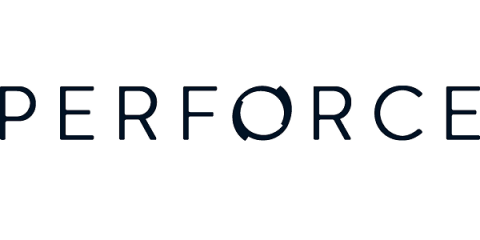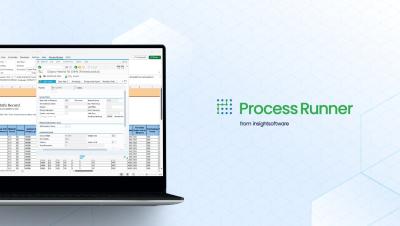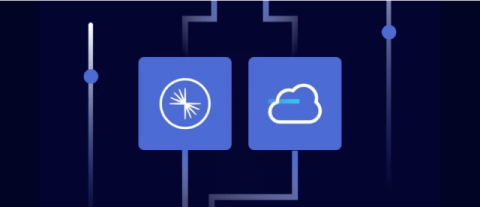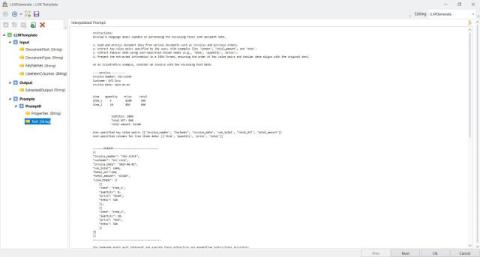5 Ways Perforce Helps with DORA Regulation Compliance
In January 2025, the European Union (EU) will begin enforcing a new regulation called the Digital Operational Resilience Act (DORA). The DORA regulation mandates sweeping cyber resilience requirements for financial institutions and third-party information and communication technology (ICT) providers. In this blog post, we examine how two core Perforce offerings help financial institutions and their supporting ecosystem of service providers comply with the requirements laid out in the DORA regulation.











